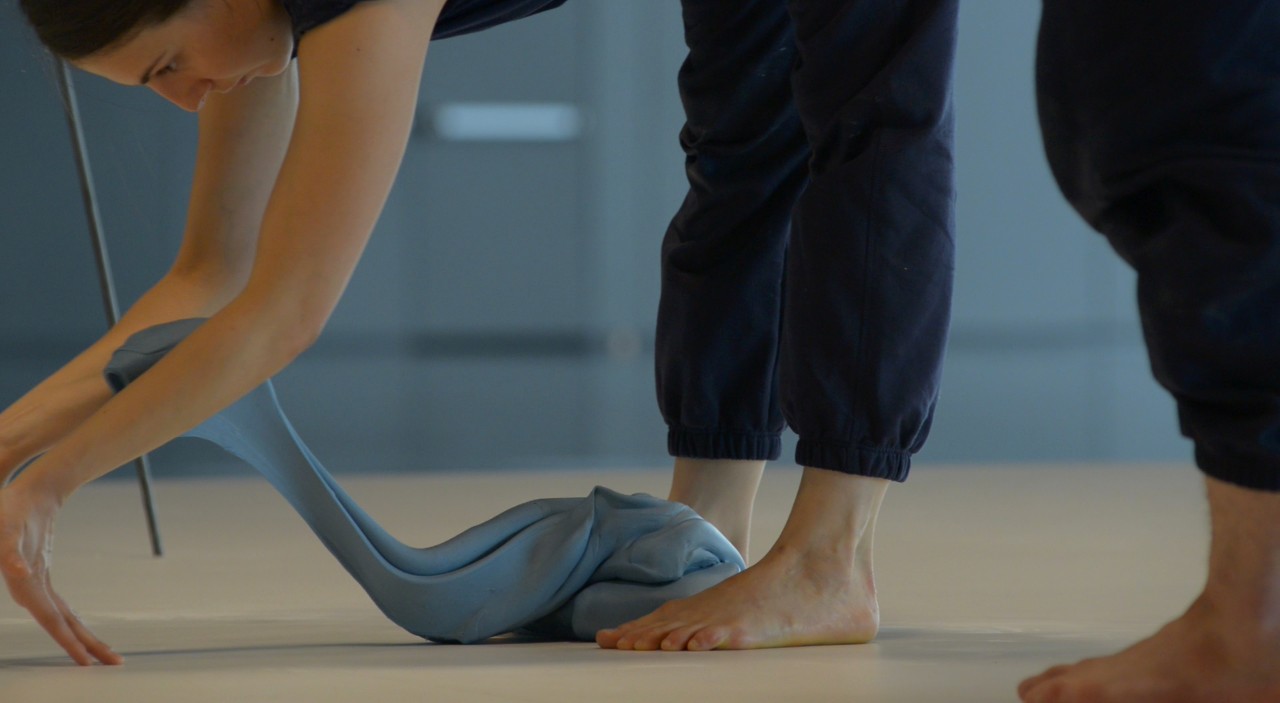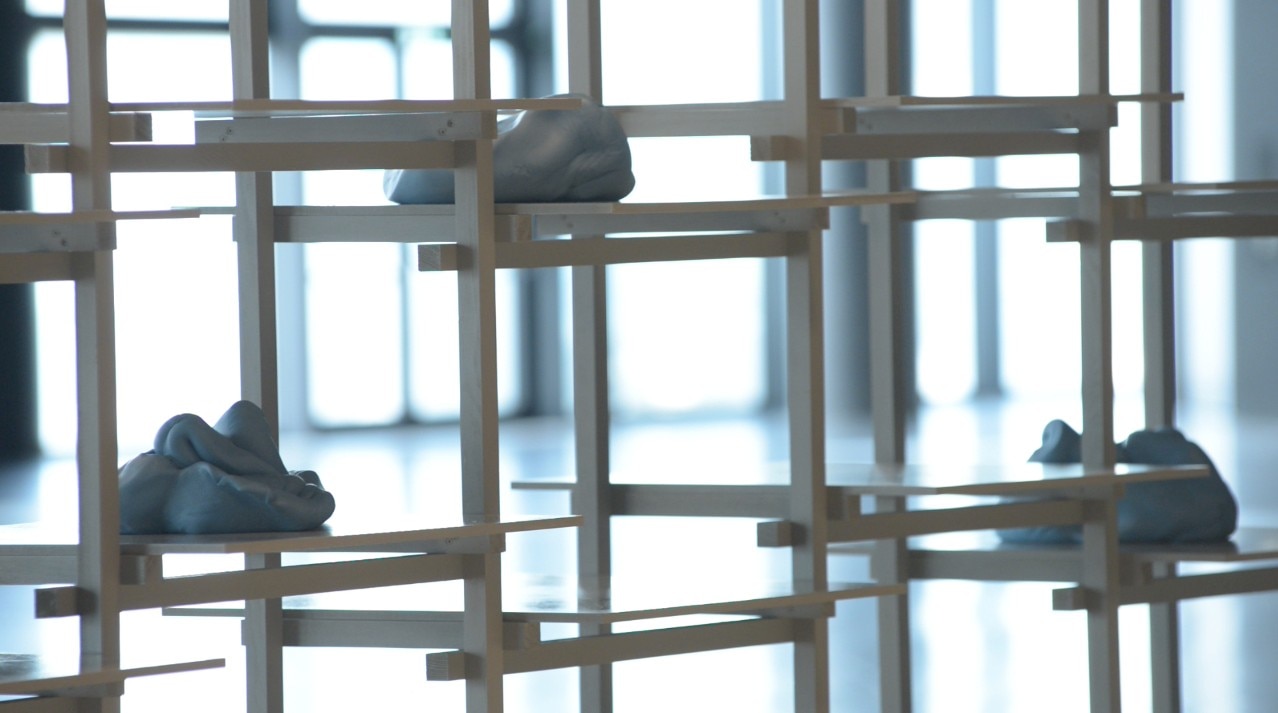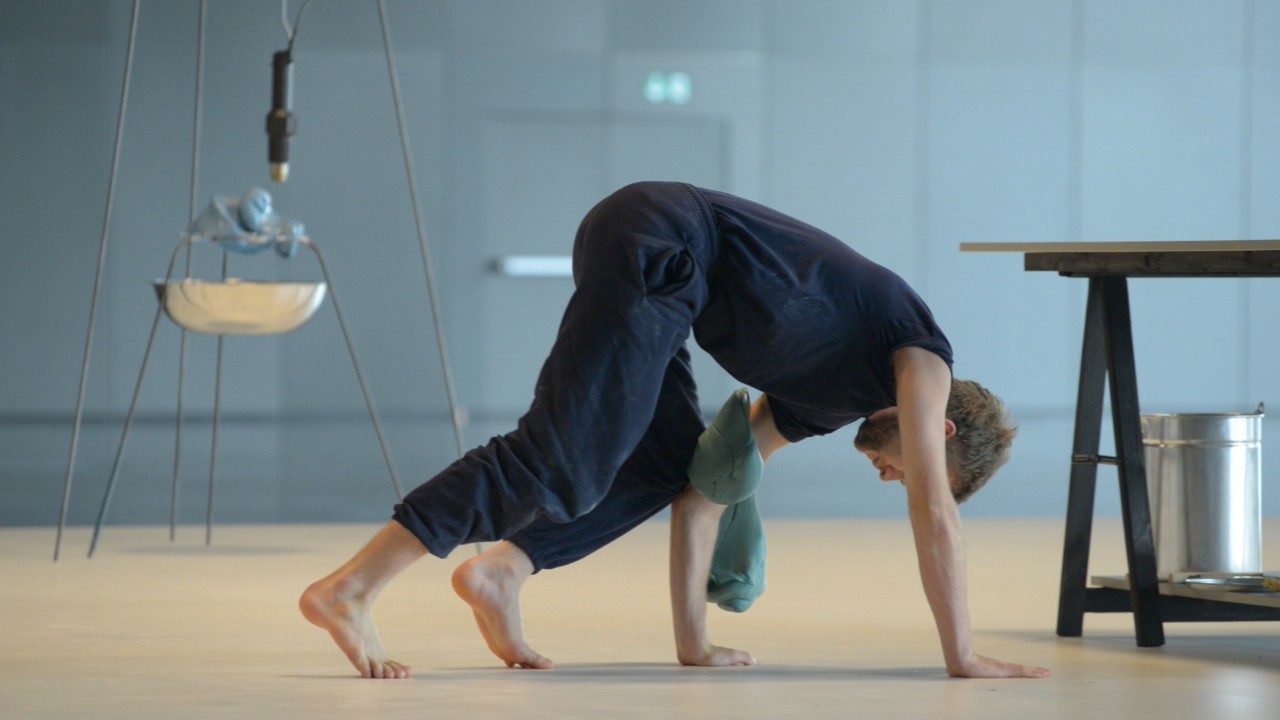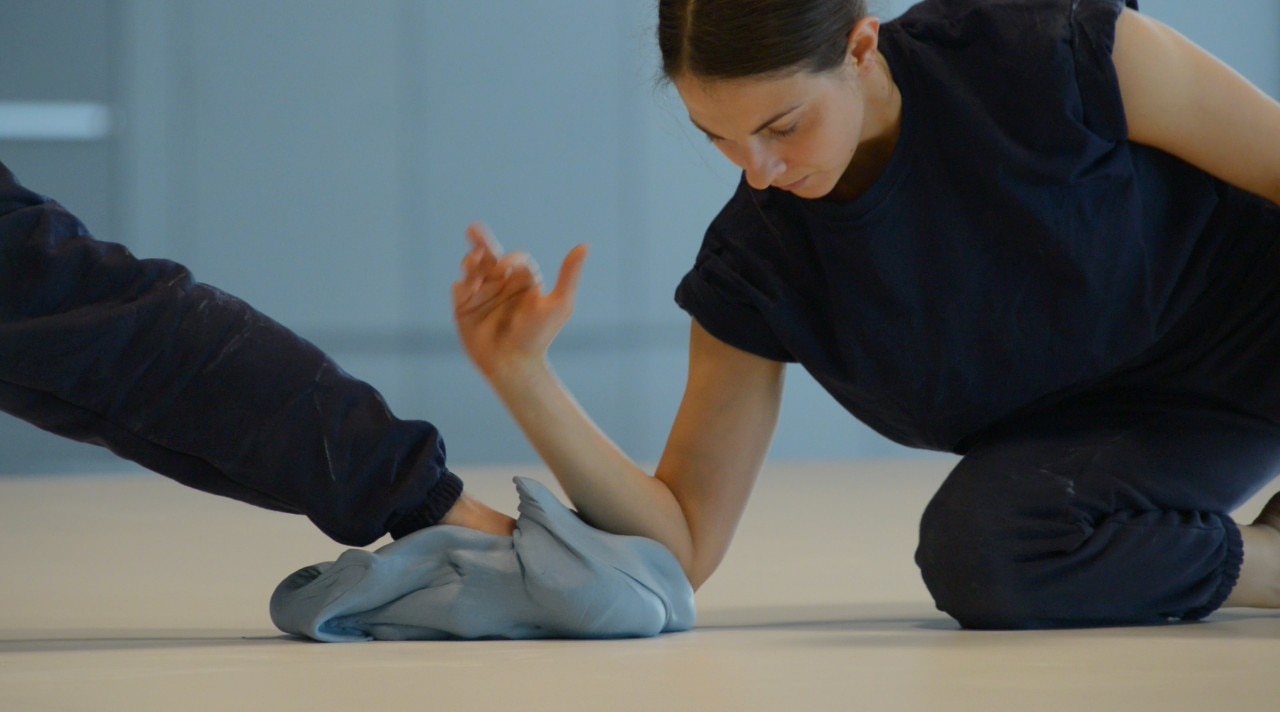In these cases, the stage poses the danger of effectively stifling conversations about design. After all, we never see the object in the hands of a real person, weathering and growing dusty over years of use; instead, it emerges only in rarefied circumstances, posing under the spotlight and removed from our literal plane of existence.








